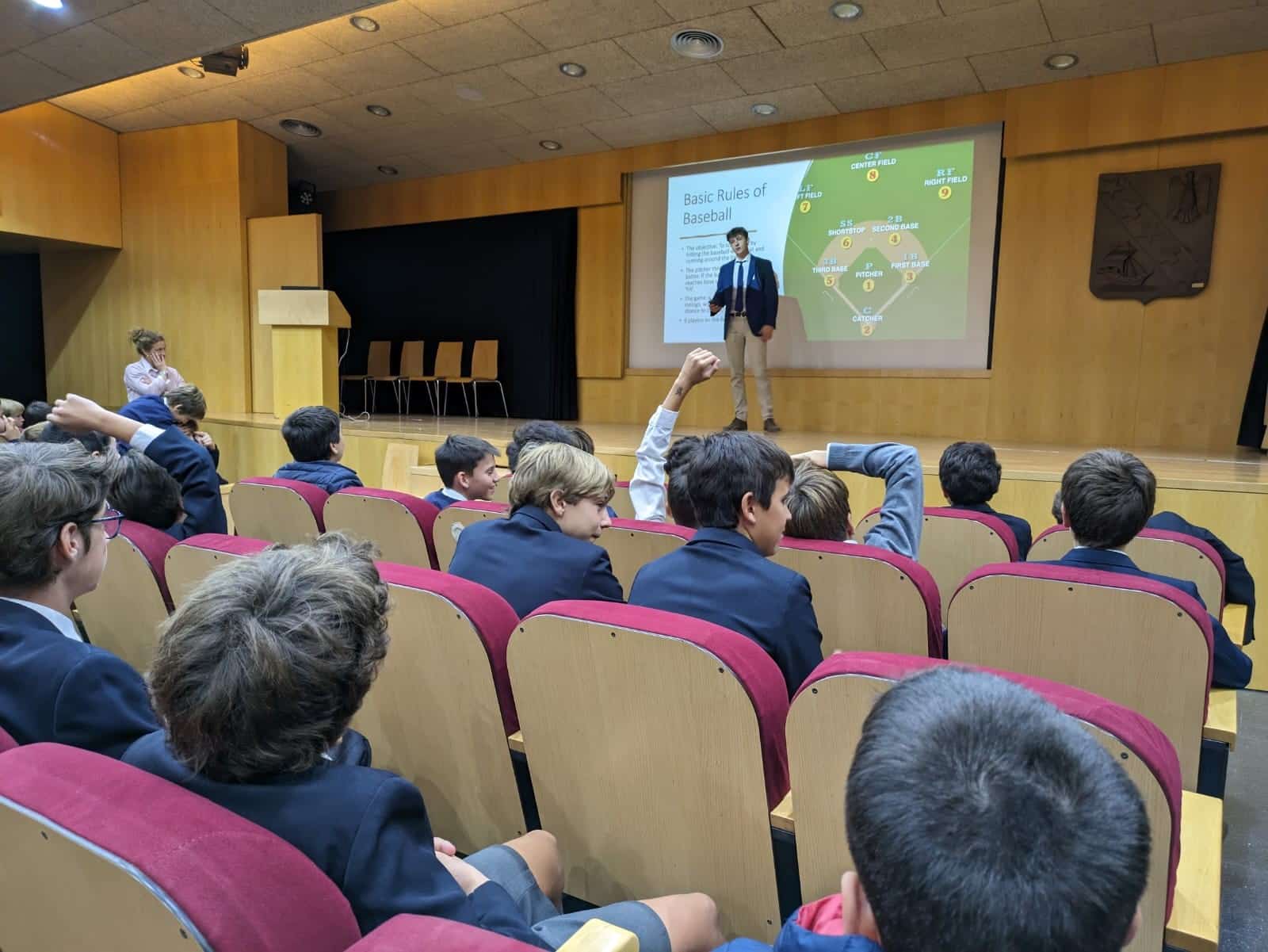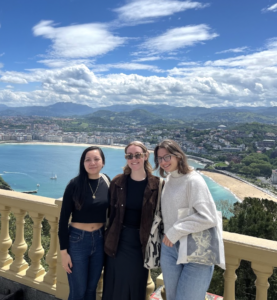When it comes to offering the best tools for students to learn a second language, schools often struggle with the debate between hiring native teachers or non-native teachers. The long-standing debate about which one is better has taken a different shape as globalization occurs and, with it, the reason behind foreign language acquisition. Learning a second language has increasingly become a matter of keeping pace in a global context, that is why this discussion focuses on the ways native and non-native teachers complement each other and how schools can address this matter.
Language Teachers in a Global Context
Without a doubt, globalization has had a dramatic impact on education. The why and the how students learn languages have had a striking change in the past decades. Similarly, the landscape for language teachers across the globe has transformed.
For native speakers, teaching has become a career path or even a temporary alternative for the simple fact of speaking their mother tongue. On the contrary, non-native speakers have struggled to reaffirm their strengths and advantages as foreign language teachers in local schools.
The fact is that, as Medgyes stated, both natives and non-natives have an equal chance to become successful teachers, but the routes used by the two groups are not the same.1

Native teachers are better equipped: The Native and Non-Native Routes
Teaching a foreign language encompasses both a theoretical and practical approach. It is as much about teaching the language itself as it is about the effective use of the language. It is within those two aspects that native and non-native teachers complement each other. On one hand, native teachers see learning as a matter of making their students consciously aware. On the other hand, non-native teachers are concerned not with the language, but with the ability to mean.2
When it comes to teaching the language itself, non-native teachers hold the upper hand. They have already gone through the experience of learning a foreign language and as a result, they are more efficient in teaching diverse learning strategies and are more qualified to anticipate language difficulties. Additionally, they can be more empathetic to the needs and problems of their learners and become imitable models for their students, as they are a favorable example of successful language learning. 3
As mentioned earlier, the motivation behind learning a second language for students is to become effective users of the language in society. And for the attainment of this objective, native teachers are better equipped. Native teachers have grown up in the culture that shapes the language, which is why they better understand and teach how to communicate effectively. Because they have the context, native speakers understand the use of slang, formal and informal settings, and can help with tricky pronunciation.

More Than the Skills, are The Methodologies
It is a common misconception that the only way for native and non-native teachers to collaborate is that each should be responsible for teaching half of the four basic language skills. Non-natives take charge of the reading and writing skills while natives are accountable for the listening and speaking skills. But in reality, there are many other ways for language teachers to collaborate that are beneficial for learners.
Incorporating both teaching methodologies– the conscious and the meaning- across the four skills, strengthens learners’ abilities to perform in the target language. Developing pedagogical material that blends both the fundamental understanding of the language as well as the culture behind it, allows learners to have a comprehensive learning experience.
Additionally leveraging on the non-native teachers learning experience to assist students with learning difficulties and the native teachers’ skills to boost the more advanced learners helps balance the learning pace of the classroom.
Schools Solution for an International Learning Experience
After this discussion, the debate is no longer whether a school should hire a native or a non-native teacher. On the contrary, it is about how schools can have both and offer the best language learning experience for their students.
For many schools, having a combination of full-time native and non-native teachers is a possibility, and undoubtedly the best-case scenario. But it is also true, that many schools are not part of that scenario. Regardless, there are ways for schools to offer native and non-native experiences. One way is an online collaboration between schools across the world. Encouraging local teachers to connect with teachers across the globe and spark collaboration through video calls or different activities, provides a global experience for students. Another more budget-friendly solution is programs like the Meddeas Language Assistants Program, which enables schools to have qualified teachers from Spain that collaborate in the Department of World Languages by assisting the main teachers.
1 Peter Medgyes (1992), Native or non-native: Who’s worth more?
2 Iván García Merino (1997) Native English-Speaking Teachers versus Non-Native English Speaking Teachers.
3 Peter Medgyes (1992), Native or non-native: Who’s worth more?










